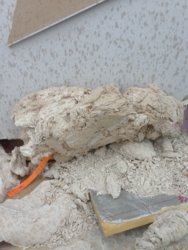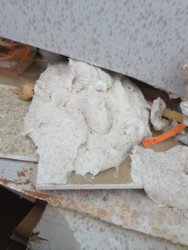T
Time's Ran Out
1. We've ever had a problem with Tilemaster adhesives.
2. We've never had a problem with Ditra.
@jcrtiling - Bal limestone is notorious for shading ( I won't use it anymore).
2. We've never had a problem with Ditra.
@jcrtiling - Bal limestone is notorious for shading ( I won't use it anymore).


